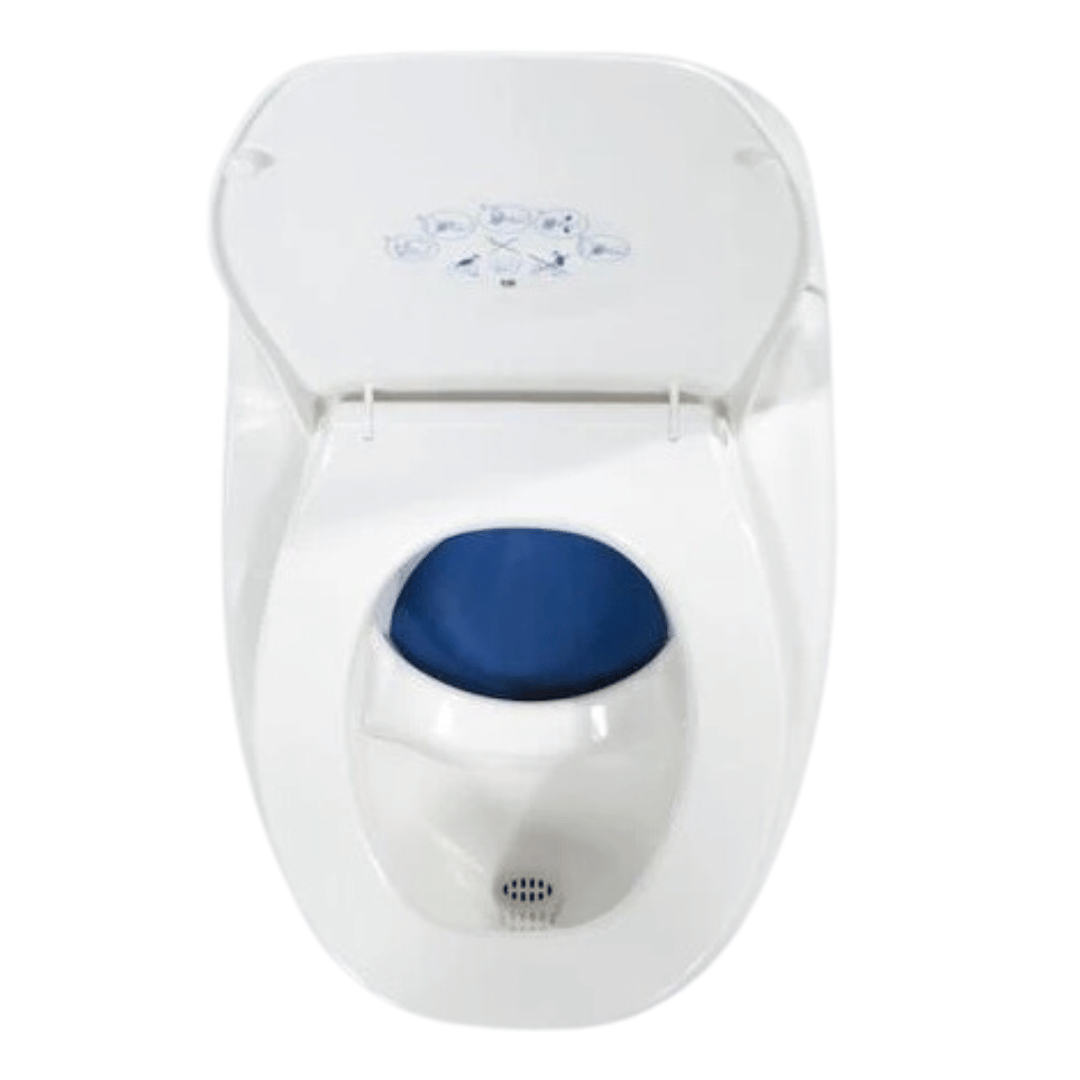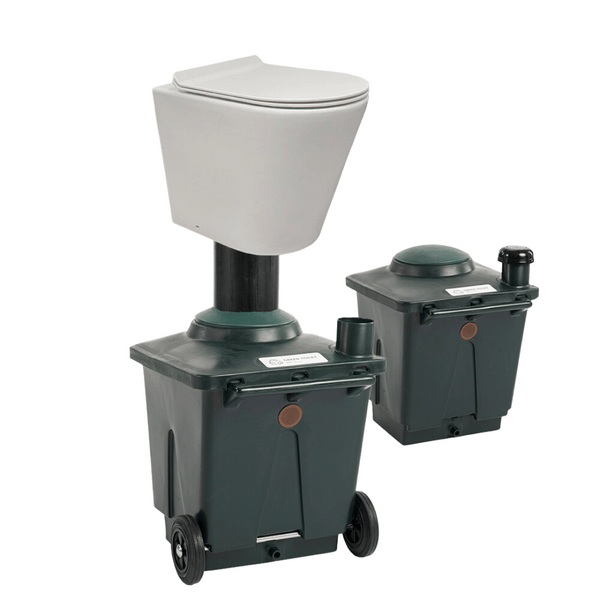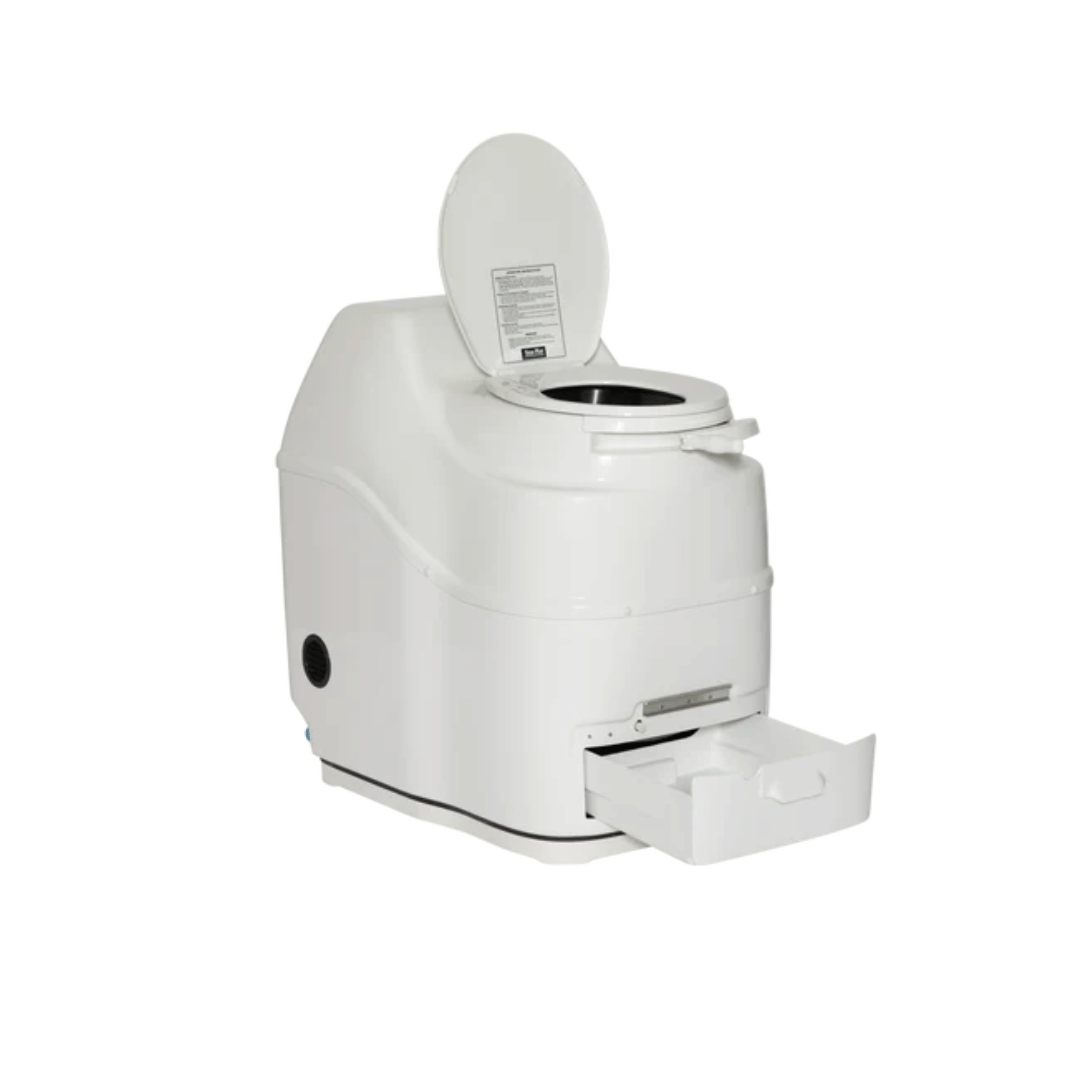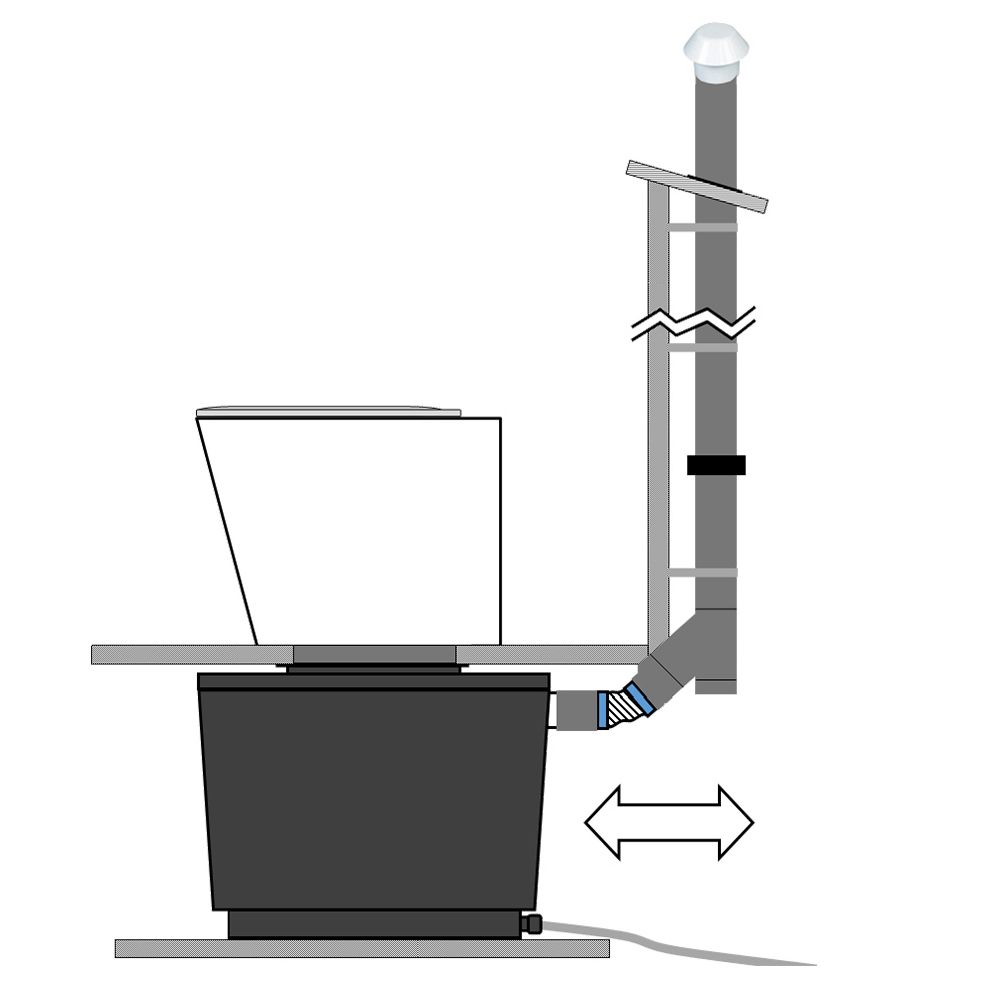Your Cart is Empty
Call, Text or Chat Mon-Friday 10AM-5PM CST : 1-844-WILDOAK
Menu
-
- Black Friday Deals
- Homesteading
- Living Off The Grid
- Off Grid Toilet
- Composting Toilets
- Incinerating Toilet
- Chicken Coops
- Greenhouses
- DIY Shed Kits
- Barndominium Kit
- Garage Kits
- Poultry Processing
- Dog Kennels
- BeeKeeping
- EMP & Signal Protection
- Emergency Food Kits
- Freeze Dryers
- Solar Generators, Panels and Batteries
- Solar Fridge & Freezers
- Propane Wall Heater
- Water Filtration
- Coolers and Cooking
- Gazebos
- Portable Sauna
- Camping Cot
- Hunting Blind
- Prepping
- Overlanding Gear
- Composting Toilets
- Solar Generators
- Brands
- Chicken Coop Brands
- Composting Toilet Brands
- Solar Brands
- Food Storage Brands
- Freeze Dryer Brands
- Water Filtration Brands
- Incinerating Toilet
- Dry Flush Toilet Brands
- Waterless Toilet Brands
- Heater Brands
- EMP Shield Brands
- Tent Brands
- Cot Brands
- Cooler Brands
- Stove & Grill Brands
- Dog Kennels
- Greenhouse & Gazebo Brands
- Portable Saunas
- DIY Shed Kits
- About Us
- Resource Center
-
- 1-844-945-3625
- Login

Call, Text or Chat Mon-Friday 10AM-5PM CST : 1-844-WILDOAK
Composting Toilets
Composting Toilets for Off-Grid, Cabins, RVs & Tiny Homes
Choosing the right composting toilet can make off-grid living, RV travel, cabins, and tiny homes cleaner, simpler, and odor-free. At Wild Oak Trail, we carry the most reliable and easy-to-maintain composting toilets from top brands like Sun-Mar, Nature’s Head, Separett, and more. Whether you need a compact unit for a small outhouse, a high-capacity system for full-time living, or a waterless toilet solution for remote properties, this collection helps you compare the best options so you can find the perfect fit for your setup.
How Does a Composting Toilet Work?
Transforming human waste into a humus-like material through aerobic decomposition is how composting toilets operate. This process, which doesn’t require water, minimizes the environmental impact of waste disposal and offers an effective alternative to traditional flush toilets. Key factors in the composting process include:
- Managing moisture levels
- Maintaining an appropriate carbon-nitrogen ratio
- Ensuring adequate oxygen supply
- Regulating temperature.
Effective composting hinges on moisture management. The decomposition process can be halted by too little moisture, whereas too much moisture can create anaerobic conditions that produce unpleasant odors.
Most composting toilets achieve the ideal carbon-nitrogen balance by adding carbon-rich materials like sawdust or peat moss, which helps to absorb excess moisture and enhance decomposition.
Aeration is another vital component, as it provides an oxygen-rich environment for the microbes that break down the waste. Advanced models often include agitators to mix the compost and promote aeration.
Regulating temperature is also key in the composting process. High temperatures in the solids chamber help to kill pathogens, ensuring that the resulting compost is safe for use.
Urine diversion systems, which separate liquid waste from solids, further improve the efficiency of composting toilets by preventing the saturation of solids and reducing the risk of odors. Overall, the combination of these elements ensures that composting toilets effectively manage and decompose human waste.


No Water Needed

Odorless Operation

Easy Maintenance

Environmentally Friendly
What is a Composting Toilet?
Composting toilets are innovative sanitation systems designed to manage human waste by accelerating its decomposition through heat, air, and movement. Unlike traditional toilets, which rely on water and plumbing, composting toilets utilize a natural decomposition process to break down waste into compost and fertilizer. This eco-friendly approach not only conserves water but also provides a sustainable way to recycle waste. Some key features of composting toilets include:
- No need for water or plumbing
- Odorless operation
- Easy maintenance and cleaning
- Environmentally friendly and sustainable
- Produces nutrient-rich compost for gardening
Composting toilets are a great option for off-grid living, eco-friendly homes, and areas with limited access to water and sewage systems, as they can be used in conjunction with a greywater system and a compost pile.
Most composting toilets consist of a composting unit where waste is collected and decomposed, making the composting toilet work efficiently.
These units often include features like urine diversion systems to separate liquid waste from solids, enhancing the composting process and reducing odors. By transforming toilet waste into usable compost, these toilets offer a practical solution for off-grid living, RVs, and other settings where conventional plumbing is unavailable.

Types of Composting Toilets

Urine Diverting
Urine Diverting Composting Toilets separate your liquid and solid waste into two separate areas. There are some models that collect the liquid waste into a container that needs to be emptied, and others that have a drainage system, but both types collect your solid waste in a separate bin.
There are some units that are self contained, which means your solid waste gets mixed with bulking material and composts within the toilet, and then there are other models that will have a compostable bag inside that you remove when full and place that bag into your compost bin to finish composting.

Batch Composting
Batch Composting Toilets have one main area where liquid and sold waste goes. They will have a drainage system to regulate moisture and when the container is full, you simply remove the container and place it elsewhere to finish composting and replace it with another. These toilets can handle larger families and crowds.
A lot of these models will have the collection container under the floor, so they can be used like an outhouse and are super handy at places like camps and cabins etc. There are some models that are more compact as well (no under the floor space needed), similar to a regular toilet for use in a Van or Tiny Home.

Continuous Composting
Continuous Composting toilets are self contained and work by rotating the solid and liquid waste with a bulking material. There is an evaporation chamber that evaporates any excess liquids and when compost is ready, you can empty it out of the finishing drawer, never needing to handle fresh waste.
These units are generally a bit larger, but do come in some more compact sizes. They are pretty easy to use and maintain and are a great option for replacing a traditional toilet in your home or adding one to your cabin or RV.
Benefits of Using A Composting Toilet
Composting toilets are amazing for Off-Grid Living. They are used for Tiny Homes, RV's, Campsites, Cabins, Homesteads, you name it! They are also used by those with mobility issues, as a lot of the models are totally portable and can be placed by your bedside for example.
- Waterless
- Environmentally Friendly
- Portable Options
- Cost savings
- Effective odor control
- Perfect for Off-Grid Living
Choosing the Right Composting Toilet for You
Selecting the perfect composting toilet involves evaluating your specific needs, comparing different brands and models to find the perfect fit for you. We'd love to help you!
Factors such as the number of users, lifestyle preferences, and the location where the toilet will be used play a crucial role in making the right choice.
Assessing Your Needs
When choosing a composting toilet, consider the following factors:
- Number of users and toilet’s capacity requirements
- Whether the toilet will be used in a home, RV, or cabin
- Lifestyle preferences, such as willingness to perform regular maintenance tasks and tolerance for handling compost
These factors will help you determine the size and portability needed for your composting toilet.
Call, Text or Chat with any questions!

Composting toilets offer a sustainable, efficient, convenient and eco-friendly solution for managing human waste. They conserve water, reduce environmental impact, save costs, control odors effectively and let you set up your system wherever you want.
With the different models out there, we're certain there is a great fit for your off-grid space.

Composting Toilet Frequently Asked Questions:
How do composting toilets work?
Composting toilets work by transforming human waste into compost through aerobic decomposition. They manage moisture, carbon-nitrogen balance, oxygen, and temperature to decompose waste effectively.
How do composting toilets control odors?
Composting toilets control odors through ventilation systems, moisture-absorbing cover materials, and urine diversion, which work together to minimize unpleasant smells.
Are composting toilets suitable for RVs?
Yes, composting toilets like Nature's Head and Laveo Dry Flush are designed to be compact, lightweight, and suitable for use in RVs.
How often do composting toilets need maintenance?
Composting toilets need regular maintenance, including adding bulking agents, emptying liquid containers, and ensuring proper ventilation to maintain optimal performance and odor control.
Helpful Blogs about Composting Toilets
Join Our Newsletter
Get it first. Sign up now for up-to-the-minute offers, sales and news.













































































































